How You Know Your Boots Are Too Big (And 4 Tips to Fix ‘Em)
When it comes to shoes, fit is everything. Shoes that are too big can cause a variety of problems, from blisters and foot pain to tripping and falling. On the other hand, shoes that are too small can be equally uncomfortable and can even lead to long-term foot problems.
So how can you tell if your shoes are too big? In this article, we’ll explore some common signs that your shoes may be too big and offer some tips for finding the perfect fit. Whether you are shopping for new shoes or trying to determine if your current pair is the right size, this information can help you find the comfortable and stylish footwear you deserve.
How Should Boots Fit?
When it comes to boots, fit is crucial. Boots that don’t fit properly can cause a variety of problems, from blisters and foot pain to tripping and falling. Here are a few tips for determining if your shoes fit properly:
1. Measure your feet
It’s important to start by getting an accurate measurement of your feet. You can do this by standing on a piece of paper and tracing the outline of your foot with a pen or pencil. Measure the length and width of your foot to determine your shoe size, comparing them with Brannock measurements. Note that most boots, per the video above, require you to size down a half size from your Brannock size. Be sure to read the sizing instructions on the company’s website closely.
2. Try on both shoes
This might sound redundant, but a lot of folks just pop on one boot in the store to see if it’s comfy — but your feet may not be exactly the same size. Stand up and walk around in the shoes to get a feel for how they fit.
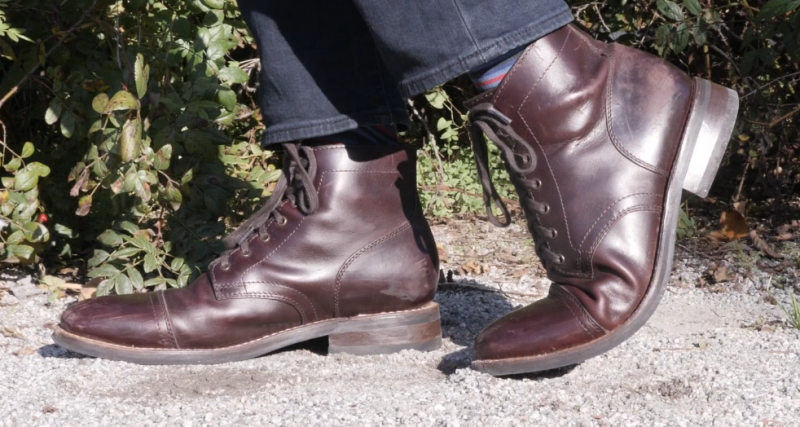
3. Check the flex point
One of the most neglected components of the fit, you need to make sure the boot breaks where your foot does — and that’s at the toe line. Boots are designed to bend, but not at the wrong spot, like the midfoot. (That’s where you’ll usually find a stiff shank.) If the boot breaks in the wrong spot, your foot will slide around when you walk, it’ll rub against your foot, your toes can get pinched. Walk in the boots before you buy them and make sure the widest part of the boot lines up with the wides part of your foot (the ball).
4. Check the fit in the heel
The heel of your boot should fit snugly and not slip up and down when you walk. If the boot is too loose, the shoe is too big. If the boot is well made with leather, a little bit of heel slippage might be fine, as the heat and friction of your foot will eventually soften the leather and mold it to the shape of your foot. But you should certainly try your best to get a size without heel slippage, just in case.
5. Consider the width
Shoes that are too narrow or too wide can be uncomfortable and cause problems. Make sure the width of the shoe fits your foot properly and is not too tight or too loose. Most boots will stretch, sure, but only by about a millimeter.
6. Make sure there is enough room in the toe
If the heel and the width are fine, it’s largely irrelevant if there is or isn’t a lot of space between your toes and the end of the boot. The most important thing is that they don’t feel pinched or smushed together — that can be a problem. Again, the leather will stretch with wear, but if you’re uncomfortable from the get go, it’s not a buy.
Overall, shoes that fit properly should feel comfortable and secure on your feet, and should not cause any discomfort or problems when you walk.
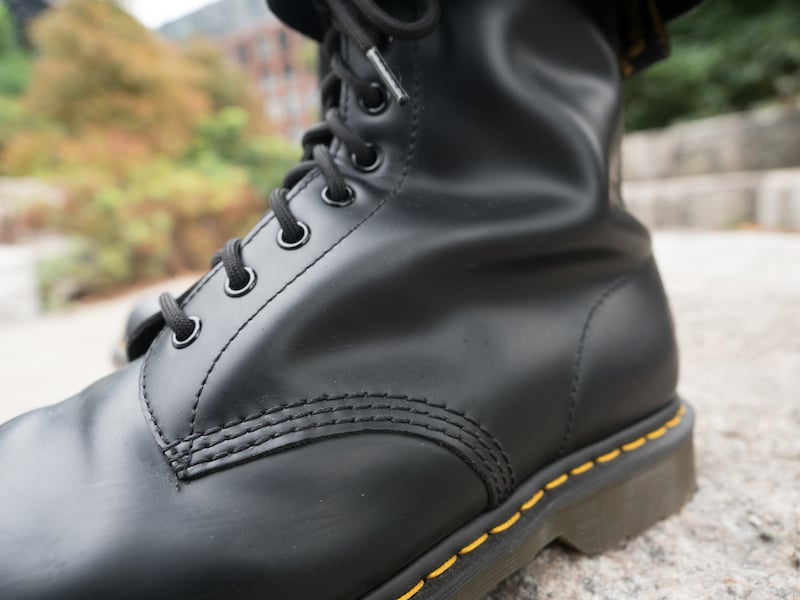
What Happens When Your Boots Are Too Big?
When your boots are too big, it can lead to a number of problems and uncomfortable situations. Here are some of the things that can happen when your boots are too big:
1. Blisters and foot pain
What you need to know is that your feet are smart: if sole is too soft or if the boot doesn’t contour in the right places, you’re not getting the right support, so the muscles in your feet work harder than they should have to in order to stabilize. That’s one of the main causes of foot pain.
Shoes that are too big can cause your feet to slide around inside the boots, leading to friction and blisters. This can be especially problematic if you are walking or standing for long periods of time.
In fact, that’s the reason boots are so popular: they’re ideal for keeping your feet and ankle stable, and exist to prevent foot pain that way. Don’t get the wrong size and nullify the point of your boots!
2. Tripping and falling
Boots that are too big can cause you to trip and fall, especially if the heels are too large or the boots are too long. Obviously, this can lead to injury. It might sound like we’re getting this tip from a cartoon, but if your boot isn’t the same size as your foot, your proprioception — your ability to sense where your body is located in space — won’t account for the extra space the boot is taking up. Your mind will think you’re stepping over a ledge, but your heel or toe will catch on it.
3. Lack of support
Shoes that are too big will not provide the necessary support for your feet and ankles. This can lead to foot fatigue and other foot problems. This is especially important for folks with flat feet or a history of foot pain; as noted above, good boots are often “prescribed” by podiatrists to remedy problems like this.
Overall, it is important to make sure that your boots fit properly in order to avoid these and other problems. If you are unsure of your shoe size or are having difficulty finding a good fit, consider seeking the advice of a shoe professional or getting a custom pair made.
So what if you’ve got your boots, can’t return ’em, and need a remedy?
How To Make Big Boot Fit Better: 5 Simple Steps
If you have a pair of boots that are too big, don’t despair! There are a few simple steps you can take to make them fit better and feel more comfortable. Here are five tips for making big boots fit better:
1. Wear thicker socks
Plenty of guys who find their boots are a tad big find that putting on nice, thick socks remedies the issue well enough. (This was the case with my Alden Indys.) Wearing thicker socks can help to fill up some of the extra space in your boots and make them fit more snugly. Look for socks made of wool or synthetic materials, which are thick and cushiony.
2. Use an insole
Adding an insole to your boots can help to take up some of the extra space and make them fit more securely. Look for insoles that are thick and cushioned to provide extra support and comfort. More on this in the next section.
Winner of the 2022 Men's Health Outdoor Award for Best Insoles, these comfy orthotics disperse impact and flex and adapt to your foot's natural motion.
3. Use a heel grip
A heel grip is a thin strip of material that you can place in the heel of your boots to help keep your foot in place. This helps to prevent your foot from slipping around inside the boot and causing blisters.
These inserts are specifically designed for boots and shoes that are too big in order to protect your heels.
4. Use a boot filler
A boot filler is a foam or gel insert that you can place in the toe of your boots to help fill up the extra space and make them fit more snugly. Boot fillers are available in different sizes and can be easily removed when you are not wearing the boots. The advantage they offer is more precision: you can just fill the front of the boot or the back.
If your primary problem is your feet sliding around the inside of the boots, this can fill space at the toe and/or the heel.
By following these simple steps, you can make your big boots fit better and feel more comfortable. With a little effort, you can turn a pair of ill-fitting boots into a comfortable and stylish footwear choice.
The Best Boot Insoles for Too Big Boots
Winner of the 2022 Men's Health Outdoor Award for Best Insoles, these comfy orthotics disperse impact and flex and adapt to your foot's natural motion.
We just listed a series of tips for too-big boots but the first and last thing most guys will tell you to do is to buy an insole. A good insole handily fills up the space inside the boot and it’s typically less hassle to just grab one online than it is to find a cobbler or a boot stretcher.
Once you start looking for insoles, though, you quickly realize that it’s a gigantic industry with a billion different products for hiking, walking, athletics, foot pain, office shoes, skates, and more.
But just one has won an award from Men’s Health for their performance and all-day support, and that’s the Adapt Hike Max. With flexible, cushioned support, they adapt to your foot’s natural motion to prevent sore feet.
Want something a tad harder underfoot that’s a little closer to a leather insole? Try the Copper Memory Foam, which is more adapted to walking than for harder work.
[Related: The 12 Best Insoles for Work Boots]
The Health Consequences Of The Wrong Boot Size
Wearing shoes that are the wrong size can have serious consequences for your health. Here are a few of the health problems that can result from wearing shoes that are too small or too large:
1. Blisters
Shoes that are too small can cause your feet to rub against the inside of the shoes, leading to blisters and other skin irritation.
2. Bunions
Shoes that are too narrow or too small can cause your toes to be squeezed together, leading to the development of bunions. These painful, bony bumps can be difficult to treat and can cause long-term foot problems.
3. Hammer toes
Shoes that are too small can also cause your toes to curl under and become misshapen, a condition known as hammer toes.
4. Foot fatigue
Shoes that are too big can cause your feet to slide around inside the shoes, leading to foot fatigue and discomfort as the foot tries to make corrections throughout the day.
5. Ankle injuries
Shoes that are too large can cause you to trip and fall, or they won’t secure the ankle, potentially leading to ankle injuries and other problems.
Overall, it is important to wear shoes that fit properly in order to avoid these and other health problems.
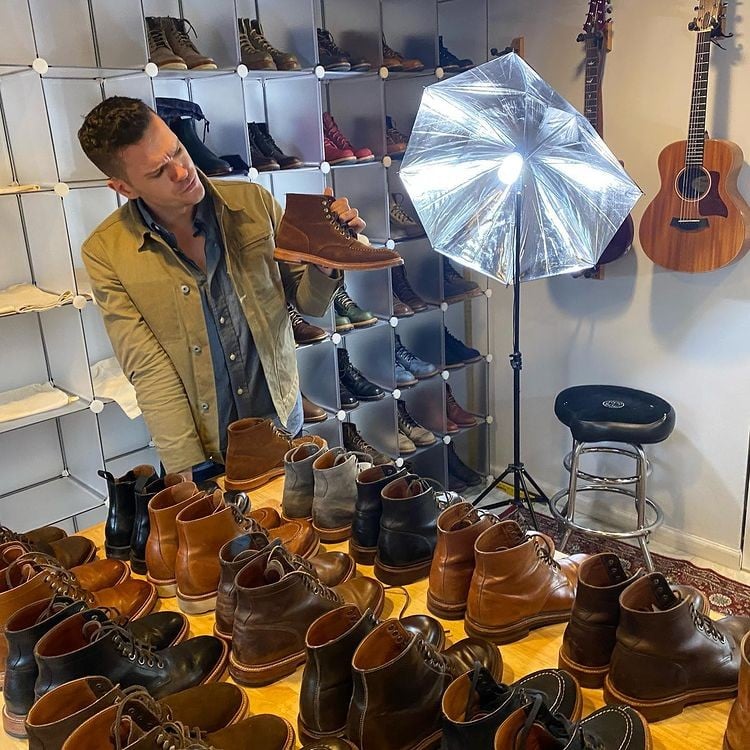
Wrapping Up
In conclusion, it is important to make sure that your shoes fit properly in order to avoid a variety of problems and health consequences. By following the tips outlined in this article, you can determine if your shoes are too big and take steps to find a better fit.
Whether you are shopping for new shoes or trying to determine if your current pair is the right size, these tips can help you find comfortable and stylish footwear that meets your needs. Don’t compromise your comfort or your health by wearing shoes that are too big or too small. With a little effort, you can find the perfect fit and enjoy all the benefits of well-fitting shoes.
Is it OK to wear shoes that are too big?
Wearing a shoe that is too big can cause blisters and foot pain. If you can't return 'em, buy an insole or shoe filler to help the issue.
Is a Half Size in Shoes a Big Difference?
A half-size represents a ⅛” difference. It may not seem significant, but is enough to distinguish between comfort and discomfort. If your shoe is half a size too large, it's not too difficult to remedy this with thicker socks or, if necessary, an insole.
How much space is too much in shoes?
If you feel your foot sliding around the interior of the shoe or your heel slipping, the shoe is too big.

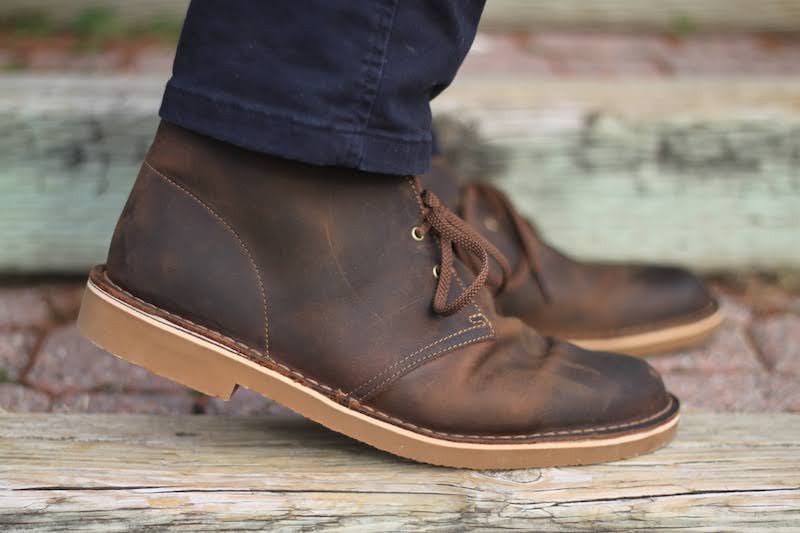
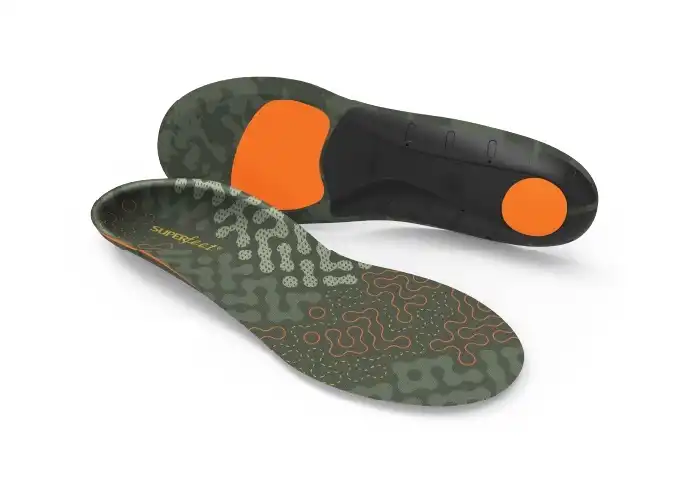
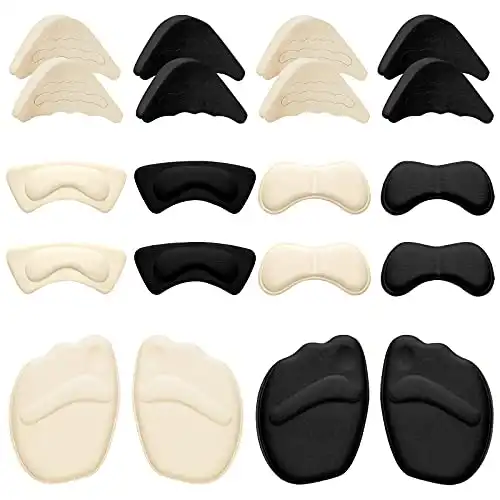
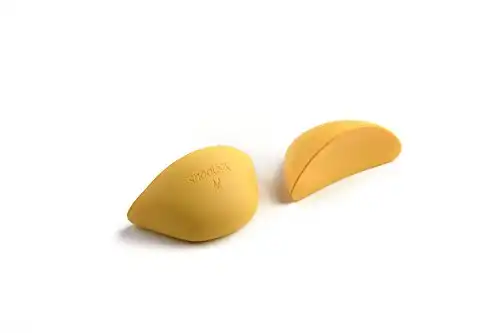
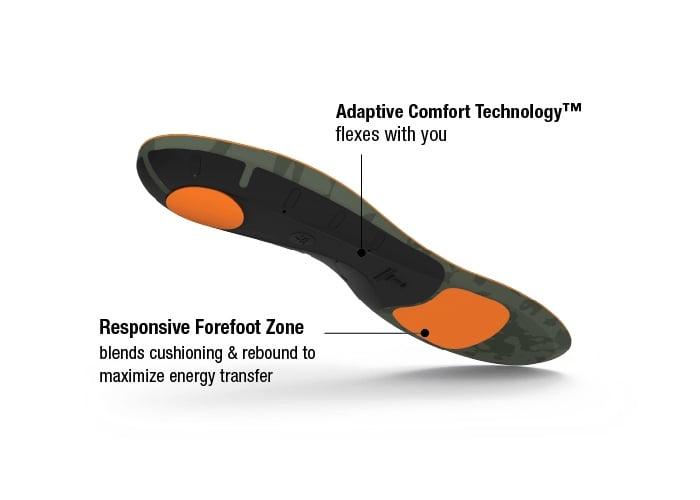
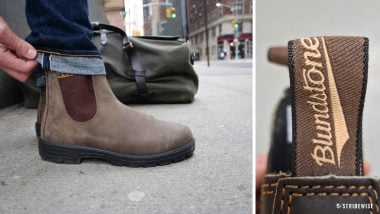
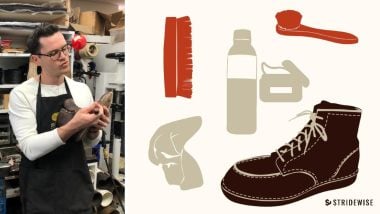

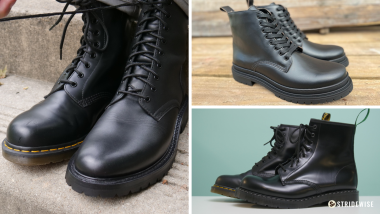

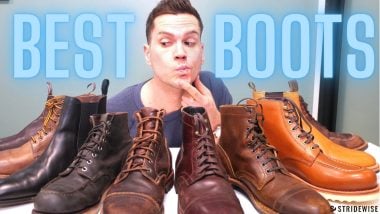


Join the Discussion